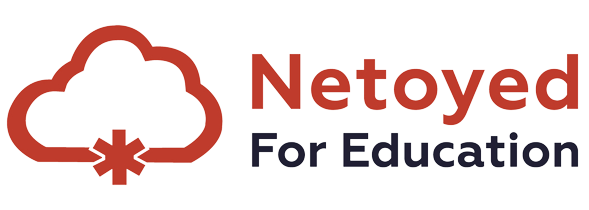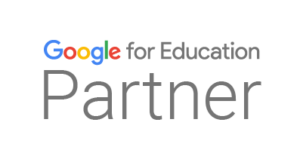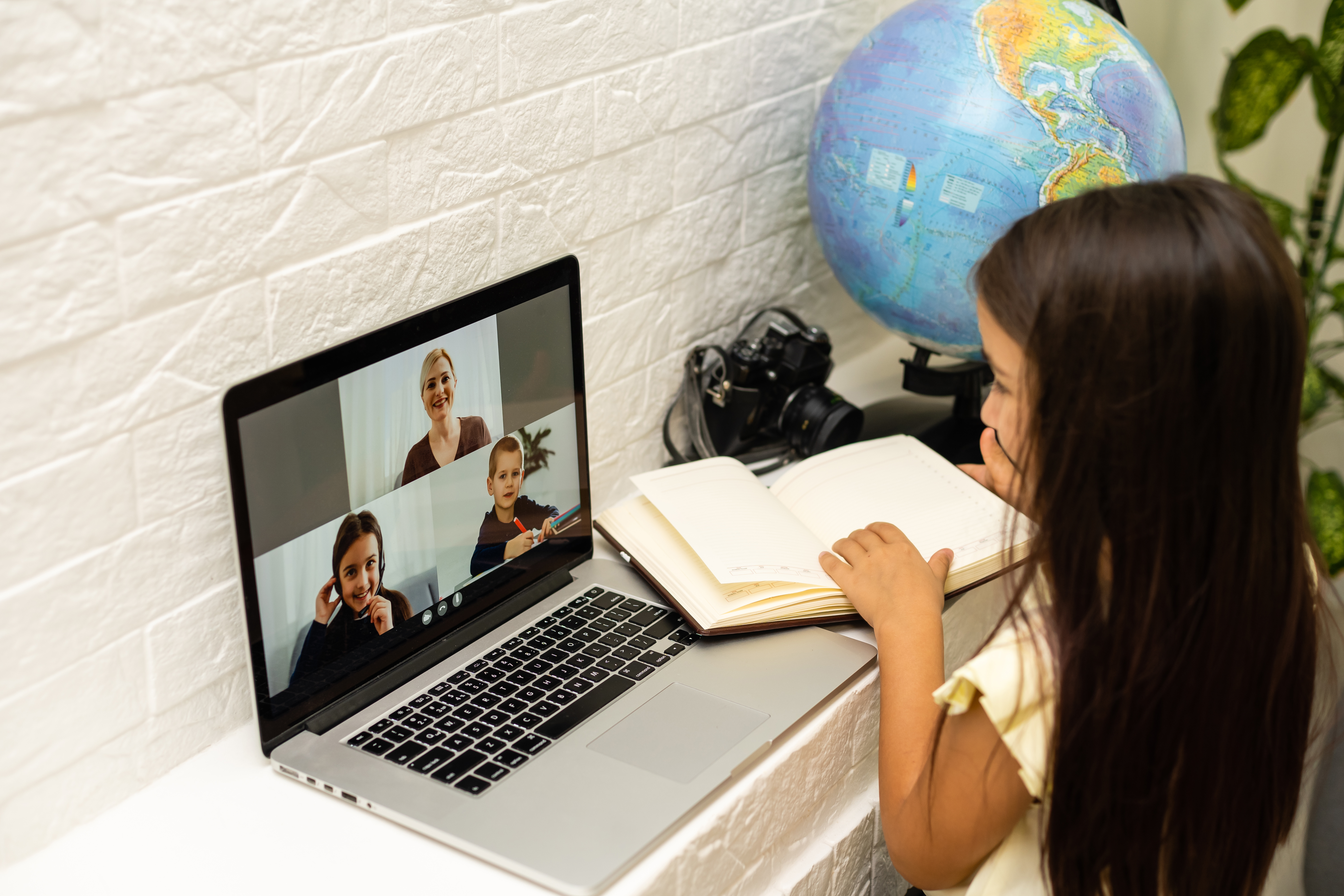In today’s evolving education landscape, keeping students engaged is a priority for every school. Even the most dedicated teachers can face challenges when learners feel disconnected from the process. That is why blended learning offers a practical way to overcome this by combining the strengths of face-to-face teaching with the flexibility of online tools. As a result, the learning environment becomes more personal, interactive, and adaptable.
By giving students greater control over how and when they learn, blended learning sparks curiosity, encourages active participation, and helps them take ownership of their progress. In the following sections, let’s explore some proven ways this approach drives student involvement both inside and beyond the classroom.
1. Flexible Learning Paths for Different Needs
Every student learns at a unique pace and in different ways. Traditional classrooms often move according to the curriculum, leaving some students behind while others lose interest. However, blended learning changes this by offering adaptable pathways that work for diverse learners.
Through on-demand access to digital resources, students can revisit complex topics or move ahead when ready. Meanwhile, teachers can adjust lessons to match individual needs without slowing the entire class. This flexibility builds confidence and motivates students to participate more consistently.
2. Increased Interaction and Collaboration
Active participation happens when students become contributors, not just listeners. With this in mind, blended learning uses digital tools such as discussion boards, collaborative projects, and interactive quizzes to extend engagement beyond classroom walls.
Students can ask questions, share ideas, and respond to peers outside school hours. In addition, those who feel hesitant to speak in person get more opportunities to express themselves online. Teachers benefit as well, since these tools provide valuable insights into how students engage, enabling them to refine lesson delivery.
3. Real-Time Feedback for Continuous Improvement
Timely feedback keeps students motivated and focused. Instead of waiting for periodic assessments, blended learning tools deliver immediate feedback. Digital platforms can assess quizzes instantly, track progress, and recommend resources.
Students quickly see their strengths and areas for improvement, which keeps them on track. At the same time, teachers receive real-time participation data, helping them identify learners who may need additional support. Consequently, participation remains high throughout the term.
4. Encouraging Self-Directed Learning Skills
In today’s world, students need skills that go beyond academic knowledge. For this reason, blended learning encourages self-discipline, goal setting, and time management by giving learners partial control over their studies.
When students take responsibility for their learning, they engage more deeply. Not only do they learn how to manage time and seek resources, but they also develop habits that prepare them for future academic and professional challenges.
5. Making Learning Relevant and Engaging
Students engage more when lessons connect to real life. That’s why blended learning allows teachers to integrate videos, simulations, and project-based tasks that bring concepts to life.
For example, a physics topic can include virtual lab experiments students can repeat until they master the concept. Similarly, history lessons can use interactive maps and archival materials to deepen understanding. Real-world applications make learning meaningful and increase participation.
6. Bridging Gaps in Attendance and Continuity
Weather conditions, health issues, or travel can disrupt a student’s physical attendance. Even so, blended learning ensures they remain connected through recorded lessons, shared assignments, and live virtual sessions.
As a result, participation levels stay steady even during extended absences, and learning gaps are minimized.
7. Supporting Teachers with Better Insights and Resources
Engaged teachers lead to engaged students. That is why blended learning equips educators with diverse tools and actionable insights.
Access to analytics on participation and comprehension allows teachers to spot trends quickly and adapt content accordingly. Therefore, lessons become more dynamic, and participation spreads across the classroom instead of being limited to a few students.
8. Building a Culture of Continuous Engagement
Blended learning encourages students to engage beyond the school day. Discussions, collaborative projects, and additional resources remain available after hours, turning participation into a habit rather than a task.
Ultimately, when students feel their contributions matter, they are more likely to remain involved and committed to their learning.
Turning Participation into Lasting Success
Student participation depends on more than just strong lesson plans. In essence, it requires a flexible, inclusive, and interactive learning environment. Blended learning delivers these conditions by combining traditional teaching methods with modern digital tools.
Through personalized paths, real-time feedback, collaborative opportunities, and engaging content, schools can nurture active participation and stronger learning outcomes. Over time, as engagement rises, so does the quality of education, preparing students not just for exams but for the challenges of the wider world.




 1st Floor, H-31, Sector 63,
1st Floor, H-31, Sector 63,